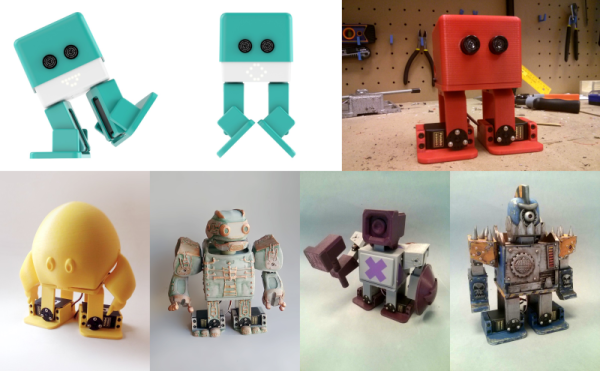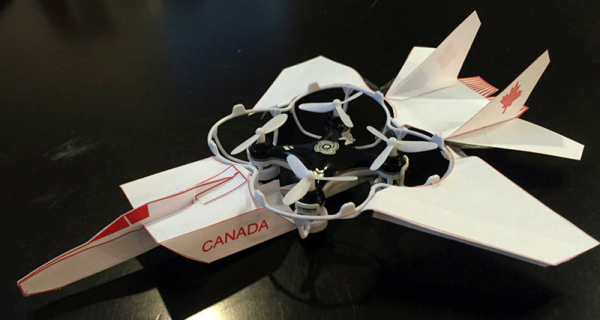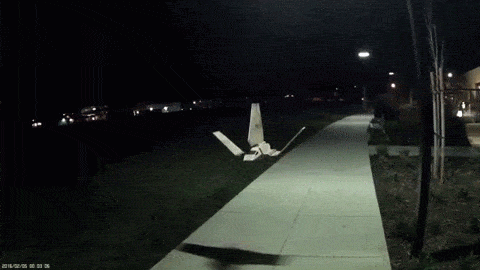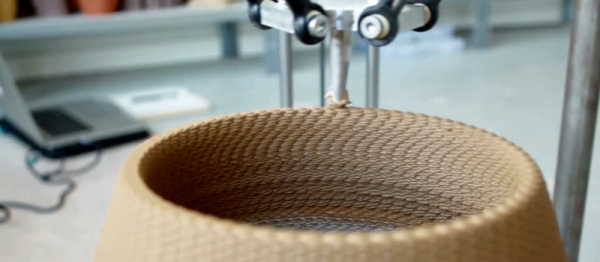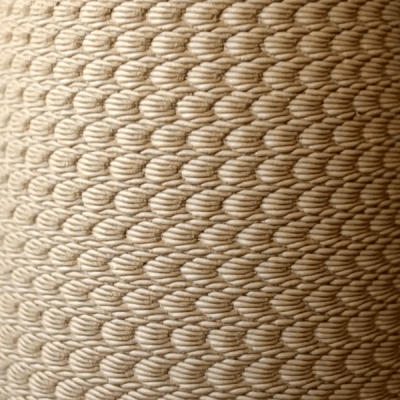We first saw the robot Zowi (top row in the banner photo) at Make Munich a few weeks ago, and we were very impressed by how much interesting motion they were getting out of the ‘bot for only using four servo motors. The combination of big feet, strong ankle joints, and clever programming let the cute little bot stand on one leg, do a moonwalk, and even hop. (See the video, below the break.) We knew it was for sale. What we didn’t know is that it was entirely open source.
[Javier Isabel], the inventor, is very good at giving credit where it’s due, and that’s a great thing because his ‘bot is basically an improved BOB robot. That said, you really need to see this thing moving to know what a difference Zowi’s significantly stronger servos and clever programming can make.
But that’s not all! Since everything about Zowi is open, and up on GitHub you can not only 3D print one of your own, but you can easily modify the attractively-boxy case. And a handful of people have taken [Javier] up on the offer, and submitted their modifications back as pull requests. So if you’d rather something mildly more humanoid, and are willing to add a couple more servos, there’s a good basis for your explorations ready to go.
We really like the idea of collaborative toy-robot design, and from what we’ve seen the basic Zowi platform is a winner. Check it out and see if you’re not inspired to add your own personal touch to the design. If you do, be sure to contribute back for others to see!
Thanks [Nils Hitze] for the tip!
Continue reading “Cute, Hackable, 3D Printable Robot Family”

